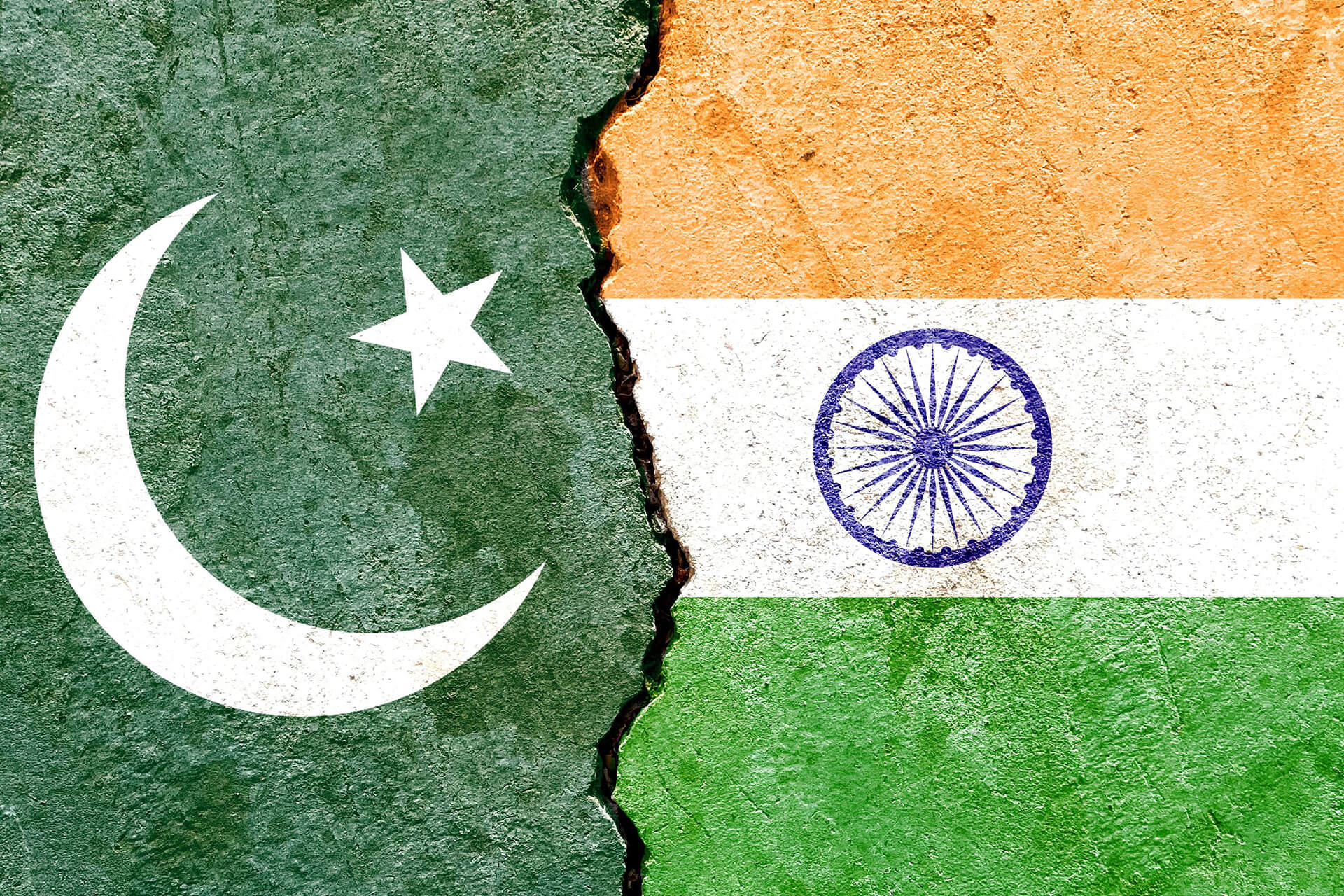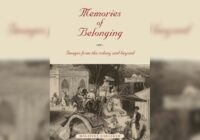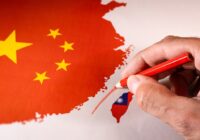It has been 75 years since India and Pakistan gained independence from the British. Although the two countries celebrate their freedom with much fanfare every year, they largely ignore the partition of the country that accompanied freedom from British rule.
It is a cliche to say that partition was traumatic. Intertwined with hatred and conflict, partition was a bitter price to pay for freedom. It led to the biggest displacement of people in history with people fleeing across the newly-defined border in the millions. Around 12 million fled their homes and a million were killed. Innumerable families lost their loved ones or were separated from them. The partition deepened the Hindu-Muslim divide in the Indian subcontinent.
The official story of partition in both Pakistan and India is almost entirely political. Each country projects the other as an enemy. This is how both countries teach their school children history. They barely make any mention of the enormous suffering and pain endured by millions on each side from the violence, loss of family members and the break-up of families. A first-time reader often has little idea of the carnage that took place and often fails to realize that members of all main communities were both perpetrators as well as victims of violence.
Truths, Not Myths, About Pakistan’s Founder Muhammad Ali Jinnah
Yet wounds of partition remain. Over the years, they have festered. The divide, tensions and possibility of conflict between India and Pakistan keep growing. Hate has grown on both sides of the border. The two countries have fought three wars and now have nuclear weapons to secure themselves against each other. Political commentaries largely denigrate and blame the other side. Children grow up hearing that the other side is the “enemy” and the cycle of hate and violence continues.
A time for peace
Despite the grim situation, peace is possible if people listen and share stories. To heal the divide, the two countries would need to take a first step. They must find courageous and positive ways to examine and tell the story of the partition. This historical event caused tremendous violence. One group of people were separated from another on the basis of religion. Without acknowledging this self-inflicted wound, peace will always be elusive. An admission of the atrocities committed and a sincere apology by both sides could be a first step. Meaningful expressions of remorse could be created in the form of museums, such as the recent Partition Museum in Amritsar.
Furthermore, people in India, Pakistan and Bangladesh need a chance to hear each other’s stories of trauma and suffering endured during partition. It would be crucial that these stories of trauma and suffering are told in a safe space by those who endured them and that each side listens deeply to the other without blame and judgment. Each community can perhaps come to see how their own words and actions incited hatred, division and acts of violence among people during and since partition. Only then can there be a hope of restoring a semblance of communication between the two countries and people that is friendly, sustainable, and not adversarial.
Mandela: Gandhi’s Heir and Africa’s Greatest Son (Part 1/3)
Several communities around the world are working to heal divisions that stem from hatred. They are working to overcome differences in culture, race and religion. Their work shows the way forward. In the case of the Israel-Palestine conflict, parents on both sides who have lost children to violence have come together to form peace circles to make sure it does not happen again. The families use their pain and grief to join together to work for peace. Sharing and listening to the personal and societal narrative of the other side is a central part of this step toward reconciliation between the two peoples. It is not easy for any of these people to overcome their preconceived notions of the other and choose forgiveness and reconciliation instead of revenge and retaliation. But they have shown it is possible.
In Northern Ireland where Catholics and Protestants have suffered over 400 years of conflict, a forgiveness project has helped start a dialogue between families on either side that lost close relatives to the civil war. Family members participating in the project are able to come out of anger and resentment, and move towards peace and forgiveness. Through each other’s stories, they realize a Catholic family suffers just as much as a Protestant family when a family member is killed and no longer want their tragedy to divide each other.
In South Africa, after the end of apartheid, Desmond Tutu helped establish a Truth and Reconciliation Commission (TRC) whose work was to hear stories of suffering and trauma people had endured while those who had inflicted harm were given a chance to admit what they had done and ask for forgiveness. Tutu realized that for peace to have a chance it was important for truth to come out and stories of suffering be told. Without this, the two communities would not be able to live side-by-side in peace.
India and Pakistan have a choice
India and Pakistan have a chance to bring peace to their people. A critical challenge is to acknowledge and honor the past as the two countries look ahead to the future. People cannot heal from the damage and turmoil of partition without telling their stories, these stories then being listened to, and gaining a fuller picture of the truth. Otherwise, trauma will continue to pass on from one generation to the next and fester in the form of anger, hatred, and suspicion for the other side.
Is Peace Possible in Ukraine?
Similar to the examples from other parts of the world, sharing the reality of what happened can be freeing as well as empowering individuals. In the case of Indians and Pakistanis, sharing stories would enable them to realize the destruction caused by partition. Work has already begun in this direction with oral history projects such as The Citizens Archive, The 1947 Partition Archive, and BoltiKhidki recording personal stories of partition survivors. These stories have also come out in the media in recent years. More needs to be done quickly though because partition survivors are getting very old. For instance, each side can perhaps organize reconciliation sessions similar in spirit to TRC’s listening sessions.
Peace leaders such as Mahatma Gandhi and Tutu recognized the law-like nature of violence which operates at the individual, family, community, or country level. They noted that words and actions that divide us are violent, and those that bring us together are non-violent. They understood violence leads to more violence and peace leads to more peace. To secure their future, the two countries can consciously choose to put forward a different face and work towards peace. This would entail including sharing of stories, listening to the other, accepting responsibility, forgiving, and making amends as per the toolbox for peace. If done carefully, this exercise promises to help create a better future for both India and Pakistan as well their people.
The views expressed in this article are the author’s own and do not necessarily reflect Fair Observer’s editorial policy.
Support Fair Observer
We rely on your support for our independence, diversity and quality.
For more than 10 years, Fair Observer has been free, fair and independent. No billionaire owns us, no advertisers control us. We are a reader-supported nonprofit. Unlike many other publications, we keep our content free for readers regardless of where they live or whether they can afford to pay. We have no paywalls and no ads.
In the post-truth era of fake news, echo chambers and filter bubbles, we publish a plurality of perspectives from around the world. Anyone can publish with us, but everyone goes through a rigorous editorial process. So, you get fact-checked, well-reasoned content instead of noise.
We publish 2,500+ voices from 90+ countries. We also conduct education and training programs
on subjects ranging from digital media and journalism to writing and critical thinking. This
doesn’t come cheap. Servers, editors, trainers and web developers cost
money.
Please consider supporting us on a regular basis as a recurring donor or a
sustaining member.
Will you support FO’s journalism?
We rely on your support for our independence, diversity and quality.







Comment